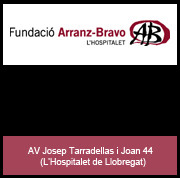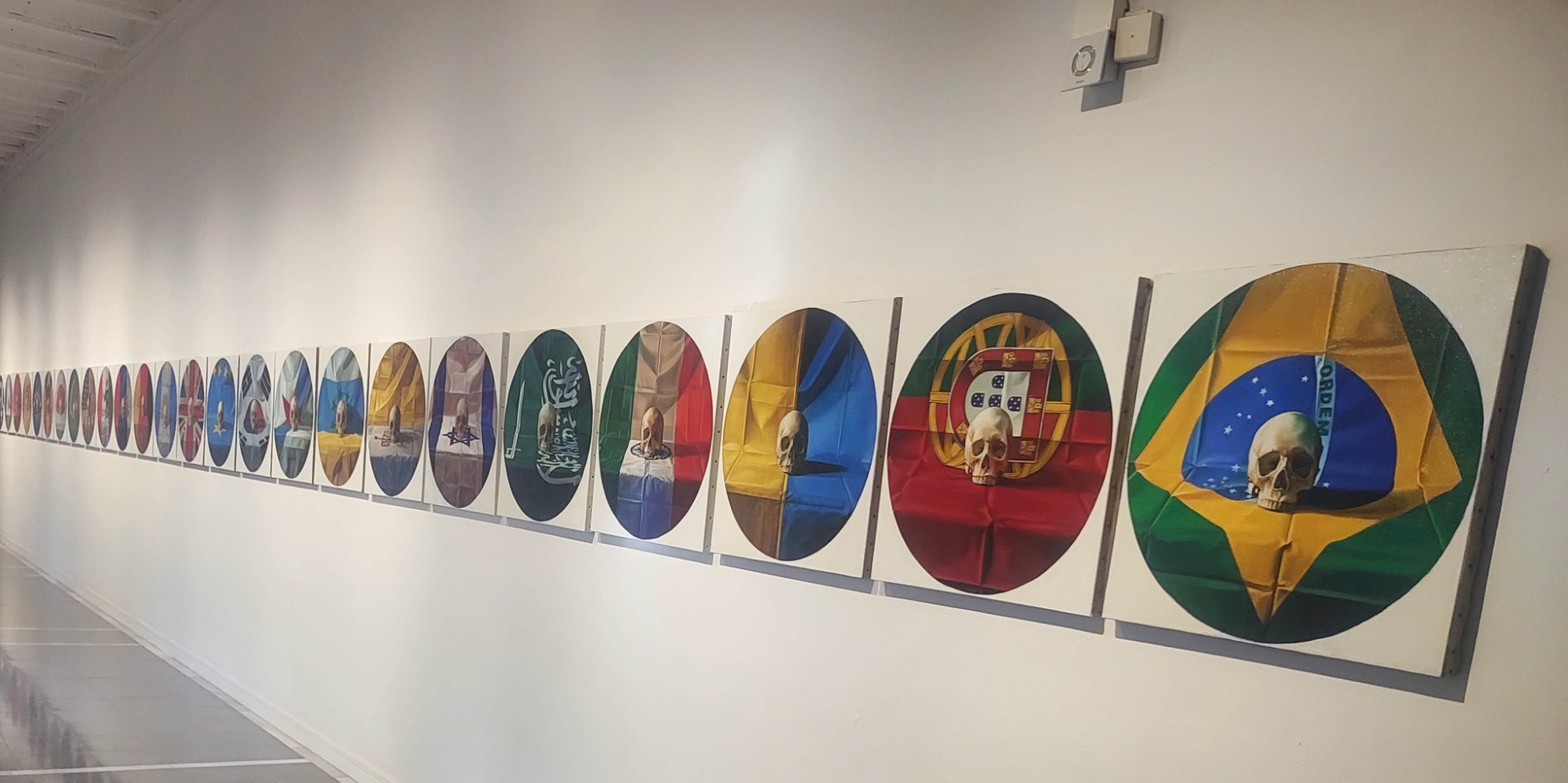Exhibitions
The Teatre Museu Dalí in Figueres is showing Dalí's work 'El Crist' for the first time
L’obra, que Dalí va pintar l’any 1951, s’exposa al Museu de Glasgow i no es podia veure al país des del 1952, quan es va exposar a Madrid i Barcelona

The Teatre Museu Dalí in Figueres is showing Dalí's The Christ, one of the surrealist painter's most iconic works, for the first time in an exhibition where it dialogues with another outstanding piece by the artist: The Bread Basket. The combination, together with the immersion in the process of creating the piece, make the sample "unique".
Dalí painted The Christ in his workshop in Portlligat between June and November 1951, although the process began much earlier. "When he painted The Bread Basket, in 1945, he already had this work in mind", assures the director of the Dalí museums and curator of the El Crist de Portlligat exhibition, Montse Aguer. Since then – with the exception of exhibitions in Madrid and Barcelona in 1952 – it has been seen in the Glasgow Museum but never in his great masterpiece, the Dalí Museum Theatre.
The director of the Kelvingrove Art Gallery and Museum, Tom Honeyman, was the architect of the acquisition. In December 1951 he visited the Christ exhibition at the Lefevre gallery in London and was impressed. After several negotiations, Glasglow bought the play and the rights for £8,200 at the time. The performance was not without controversy because the Scots demanded that it be invested in local artists.
The Foundation started working on the show during the pandemic but had to stop and now, finally, it has seen the light of day. The exhibition, which can be seen until April 30, shows the two works as well as photographs and drawings of the creative process. Most of these sketches and images are, in fact, unpublished and have made it possible to find out, for example, who was the model that Dalí used for inspiration (a Hollywood actor) or how long it took to finish the work Specifically, among the pieces that can be seen there, there are six objects of preparatory material, five photographs and a notebook.
What makes the exhibition special is precisely the fact that these two paintings can be seen together. "The bread basket is a work that will not leave the Dalí Museum, so they will not be able to be seen together again", says Aguer.
A stage of transformation
The genius painted The Christ in a moment of transformation where he incorporates religious representation into his work but, at the same time, eludes the postulates of quantum mechanics. "He speaks of tradition but also breaks with it", remarks Aguer. "In this work Dalí talks about painting, seeking to create a masterpiece and works on technique, texture, light. It's almost a hyper-realistic picture without being so," adds Aguer.
The exhibition offers a very careful scenography where the rooms become almost "sacred places of contemplation". Large red curtains wrap some works that stand out in the darkness to be able to observe them in all their magnitude. The proposal follows the model that Dalí projected for the 1st Hispano-American Art Biennial in 1952.
A book on the occasion of the exhibition
On the occasion of the exhibition, a book has been published by the publisher Planeta: 'Why, Dalí?. "We could have opted for a catalog but we decided to make a book", said the president of the foundation, Jordi Mercader. "I would dare to say that, from now on, anyone who wants to research the work will need the book", added Aguer.








